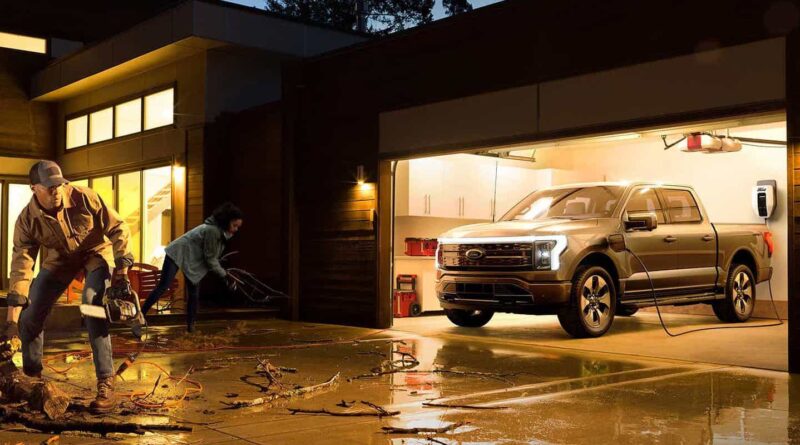How Vehicle-Grid Integration is Forging New Connections
Our nation is transitioning to a decarbonized, electrified energy future. The transition will occur in multiple, overlapping transformations across our electricity system, including both on the bulk power system and at the grid edge, where buildings, industry, transportation, renewables, storage, and the grid come together. Decarbonization of buildings and industry, electrification of the transportation sector, and the proliferation of renewable energy and affordable energy storage may seem like separate evolutions, but the good news is that the challenges they present have many similar solutions.
As an example, transportation electrification is a nexus for the opportunities and challenges posed by that change. It demonstrates the need for coordination across the grid and end-use sectors and the ways that decision makers need to think holistically, engage more stakeholders, and accelerate action to achieve a decarbonized, cost-effective future.
Electric vehicles link two of the nation’s largest sectors, transportation and electricity. The two have operated largely independently until recently, but new technologies and a changing grid are forging new connections and causing a paradigm shift in how we think about planning and deploying the electricity grid. Impacts on the grid are becoming more behaviorally driven, expanding customers’ relationship with energy.
On the surface, thousands of new vehicles all plugging in to charge so drivers can get where they need to be might seem like an overwhelming strain on the grid – and it can be if unmanaged – but, in fact, EVs can enhance both grid resiliency and power system efficiency. Vehicle-grid integration (VGI) takes the act of connecting a vehicle to the grid for charging to new levels. It is a key to serving new, decarbonized electrical loads by unlocking a cost-effective, efficient, decentralized system powered by renewable, inverter-based resources. To realize these benefits, VGI must be considered together with other emerging technologies that will drive greater electricity demand and increasing amounts of on-side electricity production.
It’s unclear precisely when and where infrastructure will be required to meet future customer needs, but it’s clear that waiting until it is required will result in higher costs, lengthy delays, and potential reliability impacts. The vision of VGI complementing and reinforcing the electrical needs of Americans has a nationwide scope that will depend on everyone being on the same page. Some states have been preparing for the electrification of transportation for years, while others are just beginning their journeys, and while there are unique elements to each community’s challenges, there are also strong linkages and potentially common solutions.
These goals demand foresight from governments, private companies, utilities, and regulators, though they are shrouded in uncertainty. An integrated, comprehensive program is needed to make the shift from incremental progress to exponential change. The Department of Energy (DOE) and the national labs can help guide the way by demonstrating technologies and approaches to reduce uncertainty and increase confidence for investment. DOE is developing an accelerator to provide data, tools, analysis, and other activities that support decision makers and illustrate the technical and institutional steps needed to manage the changing grid and new loads.
In addition, DOE has the convening power to coalesce stakeholders along the value chain, to gather them for enhanced learning on priority topics, to provide actionable steps, to accelerate the drive to common solutions, and to share data and best practices learned from targeted, real-world experiential programs.
DOE’s Office of Electricity and Office of Energy Efficiency and Renewable Energy understand the challenges stakeholders face at all phases of this transition and, in cooperation other offices, are positioned to help them navigate the coming changes and hasten progress by significantly expanding assistance to and engagement with regulators, utilities, grid operators, state and local policymakers, end use manufacturers, and other stakeholders. This supercharged cross-office collaboration reflects the coordinated approach stakeholders must take to solve these problems and is born of an understanding of the urgency to prepare stakeholders for the transformation.
By Gilbert Bindewald III & Alejandro Moreno, courtesy of U.S. DOE.
Chip in a few dollars a month to help support independent cleantech coverage that helps to accelerate the cleantech revolution!
Have a tip for CleanTechnica? Want to advertise? Want to suggest a guest for our CleanTech Talk podcast? Contact us here.
Sign up for our daily newsletter for 15 new cleantech stories a day. Or sign up for our weekly one if daily is too frequent.
CleanTechnica's Comment Policy
